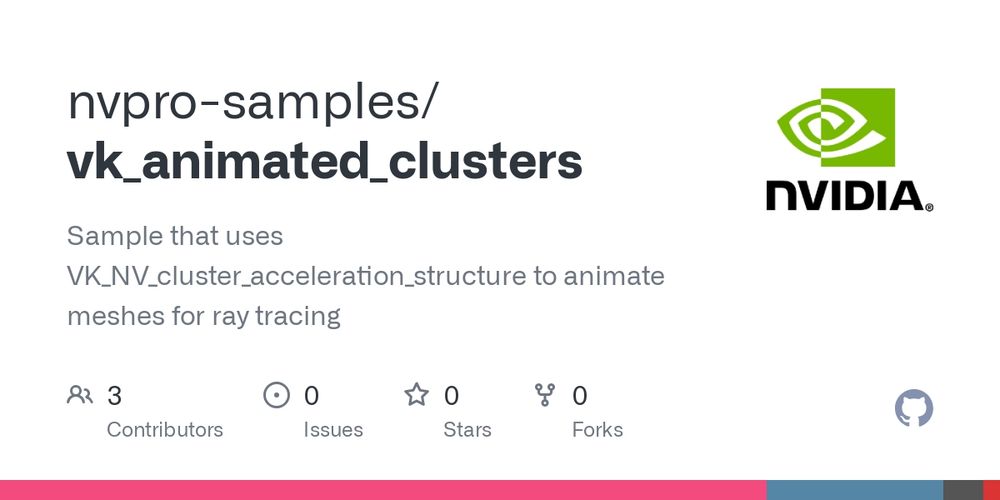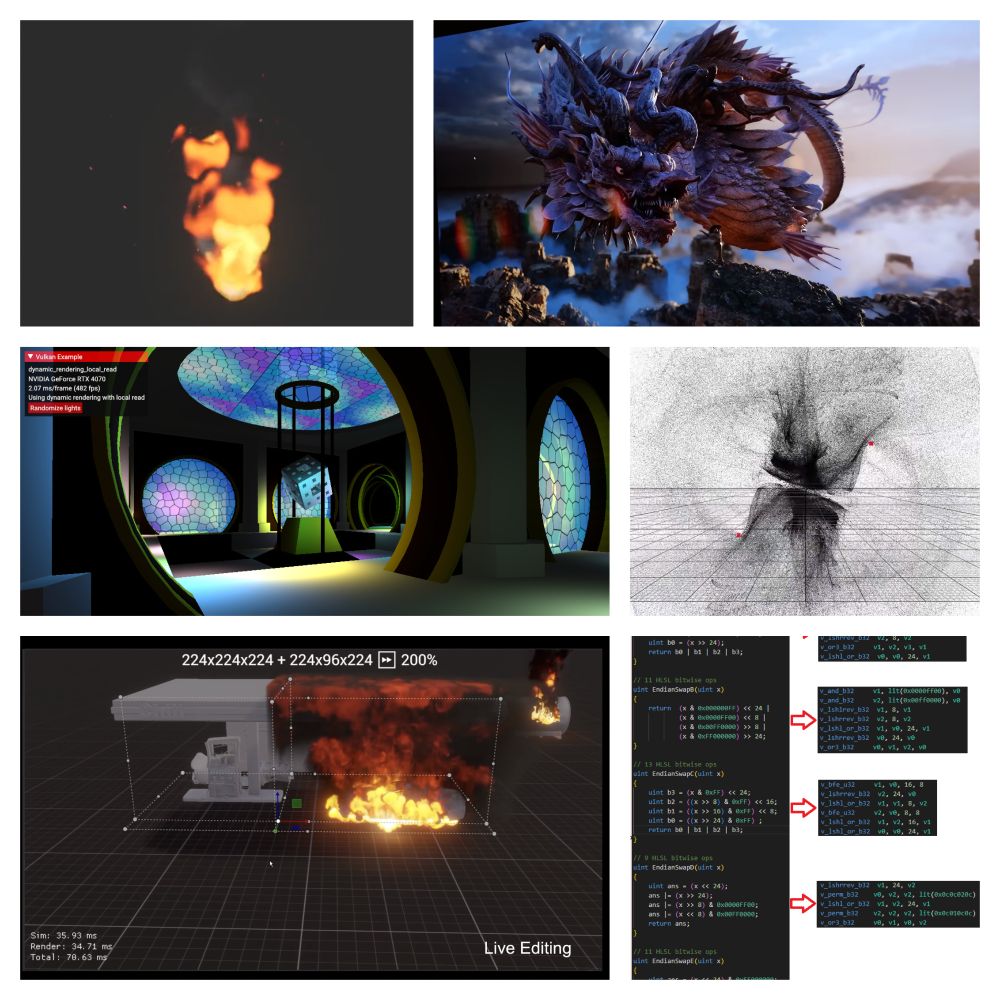When shading rtgi ray hits, i sample the radiance of the 8 closest probes by projecting the radiance back onto the hit ws position.
I now use a radiance cache to shade per pixel ray trace hits.
It saves a lot of performance and the quality is very close to proper hit shading.
Roughly saving ~30-70% of performance for rtgi (local lights make this verrry worthwhile).

When shading rtgi ray hits, i sample the radiance of the 8 closest probes by projecting the radiance back onto the hit ws position.
I now use a radiance cache to shade per pixel ray trace hits.
It saves a lot of performance and the quality is very close to proper hit shading.
Roughly saving ~30-70% of performance for rtgi (local lights make this verrry worthwhile).

I now use a radiance cache to shade per pixel ray trace hits.
It saves a lot of performance and the quality is very close to proper hit shading.
Roughly saving ~30-70% of performance for rtgi (local lights make this verrry worthwhile).
My probe GI works well but it just can not represent fine details with good performance/memory usage.
AO helps it a lot i want even more.
Most of the work on RTGI is denoising, very interesting work.
Here the current state: Probes only vs RTGI:




My probe GI works well but it just can not represent fine details with good performance/memory usage.
AO helps it a lot i want even more.
Most of the work on RTGI is denoising, very interesting work.
Here the current state: Probes only vs RTGI:
I'm pleased to share GP-Direct 2025, the latest edition of the graphics programming discord showcase!
No engine? No problem. We wrote our own!
Thank you to all the talented people who participated!
youtu.be/e9qK6EtqB-Q?...
#indiegamedev #graphicsprogramming

American Woodcock in Bryant Park, NYC, March 2025


American Woodcock in Bryant Park, NYC, March 2025
youtu.be/nhFkw5CqMN0
youtu.be/nhFkw5CqMN0



github.com/nvpro-sample...
github.com/nvpro-sample...
github.com/nvpro-sample...
github.com/nvpro-sample...

github.com/nvpro-sample...
github.com/nvpro-sample...
github.com/nvpro-sample...
github.com/nvpro-sample...
Instead of all texels looping over all rays per probe, each texel only checks out relevant rays.
This is a big performance gain with high ray counts (>256) and good depth resolutions of 16x16.


Instead of all texels looping over all rays per probe, each texel only checks out relevant rays.
This is a big performance gain with high ray counts (>256) and good depth resolutions of 16x16.
www.oxidegames.com/wp-content/u...
www.oxidegames.com/wp-content/u...

Allows me to easily have DDGI run at under 0.3ms even tho i didnt spend more than 30 minutes optimizing.
Next step is virtual probe memory.

Allows me to easily have DDGI run at under 0.3ms even tho i didnt spend more than 30 minutes optimizing.
Next step is virtual probe memory.
Made all of bistro super metallic to show the effect.
I think this will work really great for rough indirect specular.
It would be great if DDGI probes could replace dedicated reflection probes to some extent.
Made all of bistro super metallic to show the effect.
I think this will work really great for rough indirect specular.
It would be great if DDGI probes could replace dedicated reflection probes to some extent.

#photography #monochrome #monochromephotography #urbanphotography #thephotohour #blackandwhitephotography

#photography #monochrome #monochromephotography #urbanphotography #thephotohour #blackandwhitephotography


I spent the past few days reworking my Depth of Field, which started off the GPU Zen method and then evolved a bit.


parallelism is having more hands





